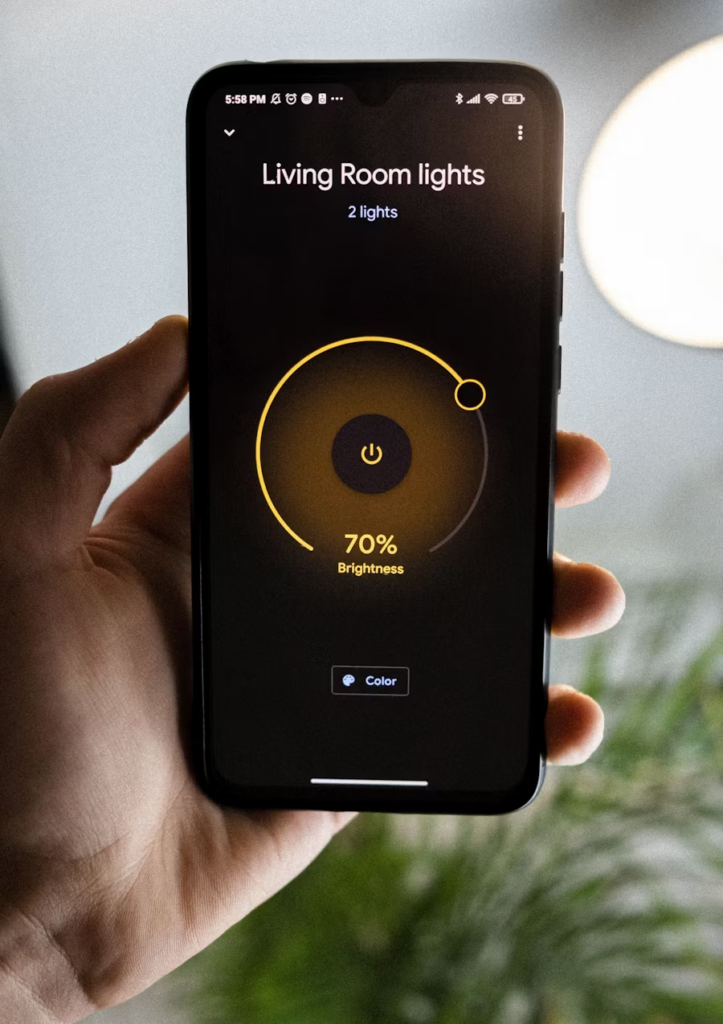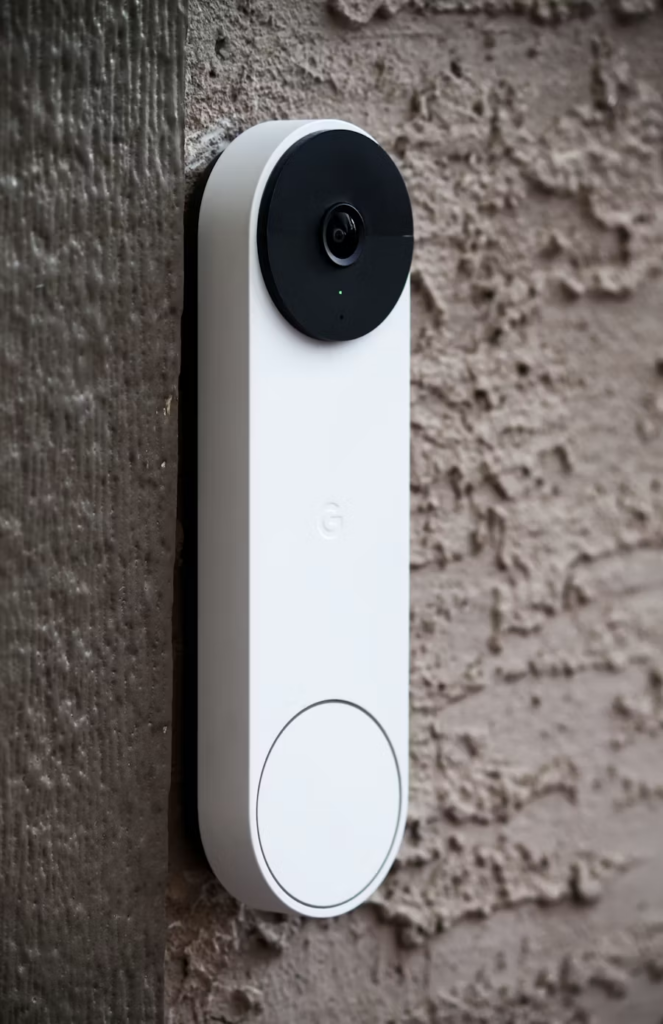As technology continues to evolve, more homeowners in Singapore are choosing to incorporate smart devices into their homes. A smart home is no longer a futuristic concept; it is a reality for many. Smart homes allow homeowners to remotely control devices such as lights, security cameras, thermostats, and even kitchen appliances using smartphones or voice commands. With the rise of Internet of Things (IoT) devices, creating a smart home has become easier and more affordable. But how does one set up a smart home in Singapore, and what steps should one take to ensure a smooth installation and integration?
This guide will cover everything you need to know about smart homes: how to set one up, and which devices are essential for a smart home in Singapore.
- What is a Smart Home?
- Benefits of a Smart Home
- How to Set Up a Smart Home in Singapore
- Which Smart Home Devices Are Best for Singapore?
What is a Smart Home?
A smart home is a residence equipped with IoT devices that can be controlled and monitored remotely via the internet. These devices are interconnected, allowing homeowners to automate tasks like adjusting the lighting, adjusting the temperature, managing security systems, and more, all through an app or voice assistant.
Smart homes provide convenience, energy efficiency, and enhanced security, making them popular for modern homeowners. With Singapore’s growing demand for technology and smart living solutions, integrating smart home technology has become easier.

Benefits of a Smart Home
Before diving into the installation process, it’s important to understand the benefits of having a smart home. Here are the top advantages of upgrading your home with smart devices:
1. Convenience
One of the key advantages of smart homes is the convenience they offer. You can control various devices, such as lights, fans, air conditioning, and security systems, all from your smartphone or voice assistant. For example, you can turn off the lights, lock your doors, or adjust the thermostat without moving from your couch.
2. Energy Efficiency
Smart homes can help you reduce energy consumption and electricity bills. Smart thermostats, for instance, allow you to set schedules to optimize the temperature in your home. Smart lighting systems can automatically turn off when not in use, saving electricity and reducing your carbon footprint.
3. Enhanced Security
Smart security systems offer greater peace of mind by allowing homeowners to monitor their property remotely. You can install security cameras, smart door locks, and motion detectors to alert your phone if any unusual activity is detected. You can even view live video footage of your home when you’re not around, giving you control over your home’s security at all times.
4. Automation
Smart home devices can be programmed to perform tasks independently, such as setting up routines or schedules. For example, your lights can automatically dim in the evening, or your coffee machine can start brewing as soon as you wake up. Automation saves time and enhances your overall quality of life.

How to Set Up a Smart Home in Singapore
Setting up a smart home in Singapore is easier than ever, thanks to the wide range of affordable and reliable smart devices. Here are the key steps you need to take to set up your own smart home:
1. Choose the Right Smart Devices
Before you begin, choosing the smart devices that best suit your needs is important. Some common smart home devices include:
- Smart Speakers: These devices, such as Amazon Echo or Google Nest, act as the hub for your smart home. They allow you to control other devices with voice commands.
- Smart Lighting: Devices like smart bulbs and smart switches allow you to control the lighting in your home remotely. Some systems also allow you to change the brightness or color of the lights.
- Smart Thermostats: These devices allow you to control the temperature of your home remotely and can learn your preferences over time, helping you save energy.
- Smart Security Systems: These include cameras, doorbell cameras, motion sensors, and smart locks that help you monitor and secure your home remotely.
- Smart Appliances: From refrigerators to washing machines, more and more home appliances are becoming “smart” and can be controlled via an app.
2. Set Up a Central Hub or Controller
For a seamless smart home experience, you’ll need a central hub or controller that can connect all your devices. This could be a smart speaker like Amazon Echo or Google Home, or a more advanced smart home hub, like Samsung SmartThings. These hubs allow you to control all your connected devices from one place.
Once you’ve chosen your central hub, follow the manufacturer’s instructions to connect it to your Wi-Fi network. You must install the corresponding app on your smartphone and link it to the hub.
3. Install the Devices and Connect Them to the Hub
Once you’ve selected your smart devices, it’s time to install them and connect them to your central hub. Depending on the type of device, installation might involve plugging it into an electrical outlet, connecting it to your Wi-Fi, or mounting it in a specific location.
For example, smart bulbs can be installed just like regular bulbs, and you’ll need to connect them to the app. Similarly, a smart thermostat requires installation on the wall, after which it’s connected to the Wi-Fi and hub.

4. Automate Your Home
One of the key benefits of a smart home is automation. Once all your devices are connected, you can set routines and schedules. For example, you can program your thermostat to adjust the temperature based on the time of day, or set up your lights to turn on and off when you’re away.
You can also set up scenes that trigger multiple devices at once. For example, a “Good Morning” scene could turn on your lights, start brewing your coffee, and set your thermostat to your preferred temperature.
5. Manage Your Smart Home with Voice Assistants
In Singapore, many homeowners enjoy the convenience of voice assistants such as Amazon Alexa or Google Assistant to control their smart devices. These voice assistants allow you to issue commands such as “Hey Google, turn on the living room lights” or “Alexa, set the temperature to 22°C.”
Integrating voice control into your smart home setup can make managing your home’s devices even more convenient. It’s also especially useful when your hands are full and you can’t manually adjust settings.
Which Smart Home Devices Are Best for Singapore?
Singapore has a humid, tropical climate, making air conditioning a crucial part of everyday life. Here are a few smart home devices that are well-suited to Singapore’s unique climate and living environment:
- Smart Aircon: Singaporeans often use air conditioners throughout the year. Investing in a smart aircon that can be controlled remotely via an app or voice assistant allows you to set schedules, monitor energy usage, and even turn on the aircon before you arrive home.
- Smart Lighting: As Singapore’s days can be hot and bright, smart lighting can help adjust the ambiance of your home. With smart bulbs, you can change the lighting to suit your mood or time of day.
- Smart Humidifiers: Given the humidity in Singapore, a smart humidifier can help maintain the proper moisture levels in your home, promoting better comfort and air quality.
- Smart Locks: For added security, smart locks allow you to lock and unlock doors remotely, providing peace of mind while at work or on vacation.
Final Thoughts
Setting up a smart home in Singapore is a great way to enhance your home’s comfort, security, and energy efficiency. With the right devices and proper installation, you can create an interconnected environment where your lights, aircon, security systems, and more work seamlessly together. This is also a more efficient way to manage your home’s energy use or should you want the convenience of controlling your home with your voice.
By selecting the right devices, setting up a central hub, and automating your home, you can transform your living space into a modern, smart home that meets your needs and exceeds your expectations. Investing in a smart home will make your daily life easier and add value to your property in the long run.



You must be logged in to post a comment.